In the rosewood market, there are many professional terms that have been passed on by the wood friends. For those new to red sandalwood, these technical terms are too deep and difficult to understand. Today, furniture fans will explain these terms for everyone, so that you can become proficient in the introduction of red sandalwood.
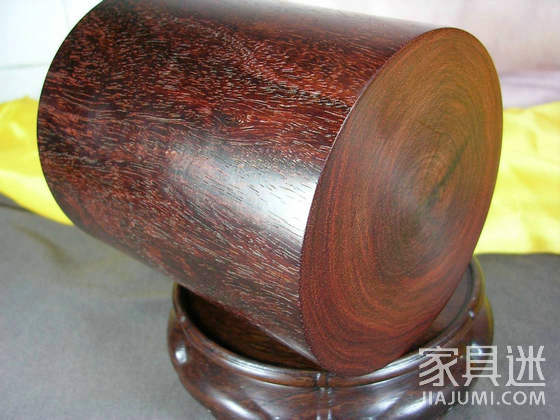
Venus
The formation of "Venus" in lobular rosewood has a certain relationship with its growth environment and growth cycle. If the rosewood tree grows in the high-altitude areas where the land is barren, the growth cycle is longer and it can be described as a millennium. During the long growth process, the red sandalwood tree absorbs the water in the soil, contains many metal mineral elements inside, and secretes a large amount of viscous gum. The accumulation is blocked in the duct. The color of these metal elements interacts with the gum. Golden yellow, unevenly distributed, precipitated in the catheter. As the surface of the red sandalwood is darkened by oxidation, the metal mineral mixture exhibits a metallic texture, which is in sharp contrast with the surface of the deep purple rosewood. It is like a starry sky, so it is called “Venus†and “Venus rosewoodâ€. It is also named after this.
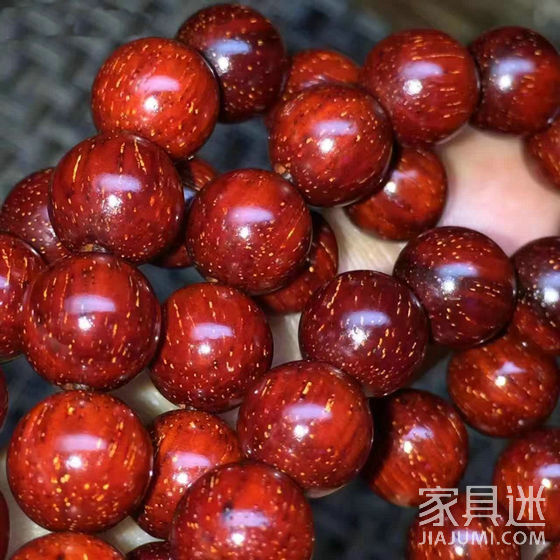
Venus has a variety of distributions, such as the common with Venus, half full of Venus and full of Venus, and if you are lucky, you can also encounter the best full of Venus, which is the best of the lobular rosewood, very rare and precious.
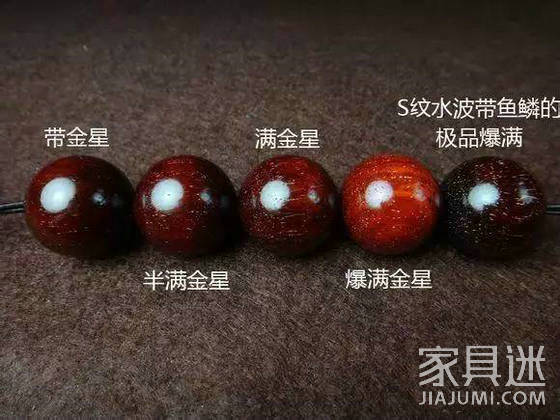
Tumor
In the wood market, the tumors are very popular. In fact, the tumors belong to the top textures of rare wood species. These tree species are mainly lobular rosewood, thuja and Hainan huanghuali. However, many players do not know that the true identity of the tumor is actually a pathological phenomenon after the fungal infection. At first, it is only some scars on the surface, and gradually spreads into the interior and eventually becomes a tumor.
Extended reading: "Sick beauty" of rhubarb tumors, do you understand?
There are many necrotic tissues inside the tumor, so cracks and voids often appear. If there is a tumor, there will be cockroaches. Therefore, the tumor is a niche plaything, its rare existence and almost all wood literary games are in pursuit of tumor, so it determines its most expensive price in the leaflet.
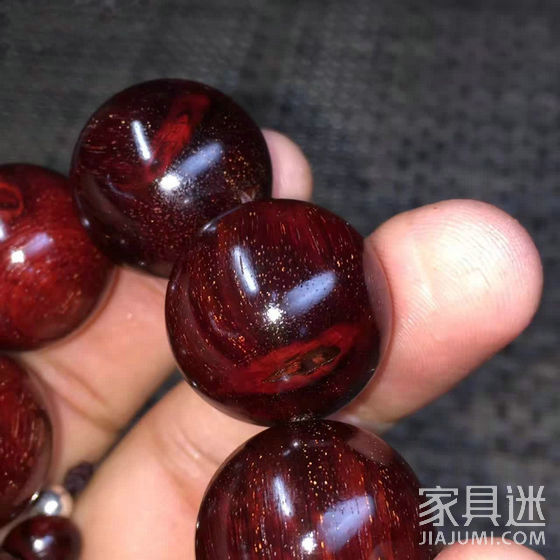
Brown eye and brown line
The cross-section of the transport channel for transporting moisture and nutrients by the brown-eyed rosewood tree, that is, the perforations formed by the cross-section of the screen in the trunk. The brown line is the longitudinal section of the transmission channel of the rosewood tree that transports moisture and nutrients, that is, the line formed by the longitudinal section of the screen inside the trunk.
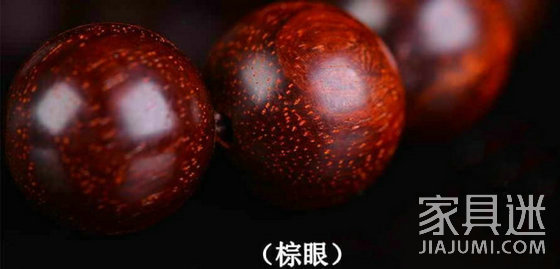
Bull hair
Bovine hairs are one of the common features in the appearance of lobular rosewood, with yellow grooves or pits on the beads, which are named for the dense, small, and slightly curled-like bovine hair that transports nutrients in the trees. It is worth noting that not all red sandalwoods have this pattern. The rosewood produced by the high-altitude and poor land is caused by the slowness of the timber, which makes the wood conduit extremely small, and the cow hairline is not obvious. In addition, the material is extremely fine or sick and scarred. The person does not see this pattern.
S pattern
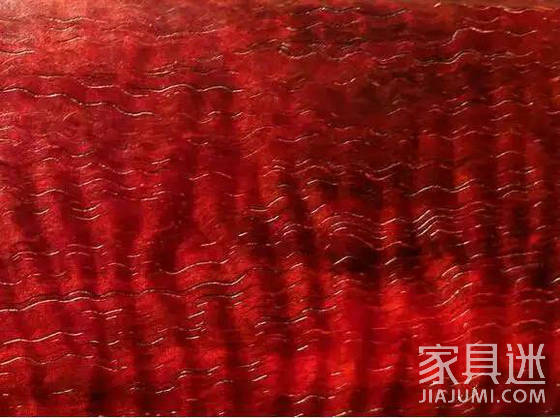
Bean petal
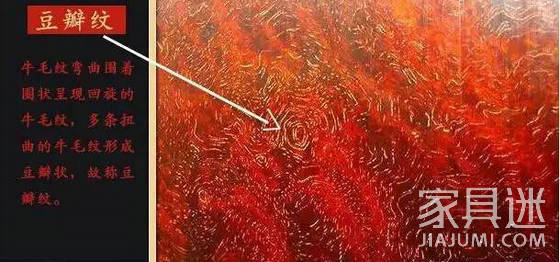
Fish-scale pattern
“Fish scales describe the texture of the surface of wood that is dotted or stacked like fish scales. Some people describe “fish scales†as “fish grain linesâ€, but not as “fish scalesâ€. Different from “cow hair†The fish-seed pattern is not a conduit for wood. It is a manifestation of “瘿â€, which is caused by the disease of the wood structure. It is not one of the main characteristics of the identification of red sandalwood, but the main feature of the material is particularly delicate. one.

Flame pattern
It refers to the texture of red sandalwood, not the black gluten-like melanin formed later. A burning flame is common.
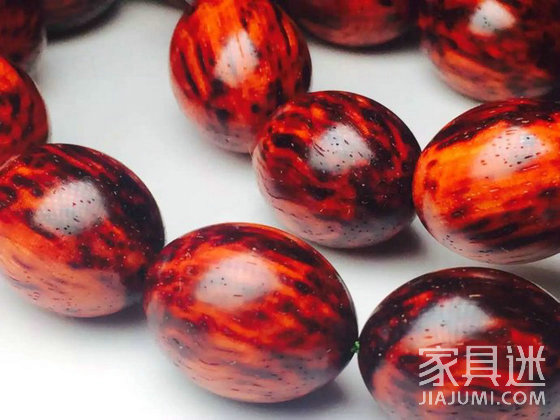
Black spot / black rib
Black gluten is the decaying part of the growth process of red sandalwood or the cracks and infiltration of wood during the growth process. However, its fibrous tissue has been necrotic, so there is no brown eye density. There is no moisture (the wood chord cuts are mostly straight lines) and the black ribs are also very fragile.
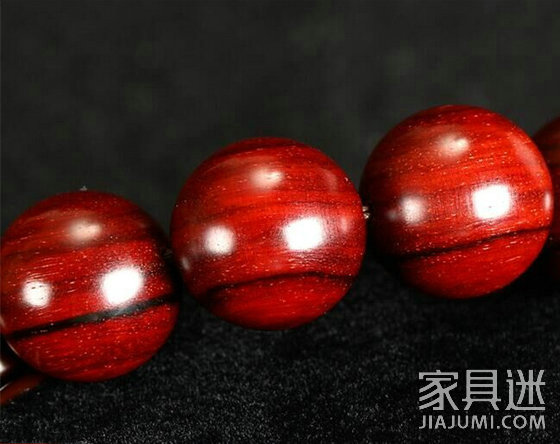
White skin
That is, the outer bark of the rosewood tree. The resources of lobular rosewood are too rare. Therefore, in the production of handicrafts with lobular rosewood, in order to avoid material waste, some white leaf parts of lobular rosewood will not be removed, so many lobular rosewood crafts have traces of white skin. Most of the lobular rosewood are submerged, but the white skin is used as the bark, although it is all woody, but the density is obviously small, so some white skin does not sink.
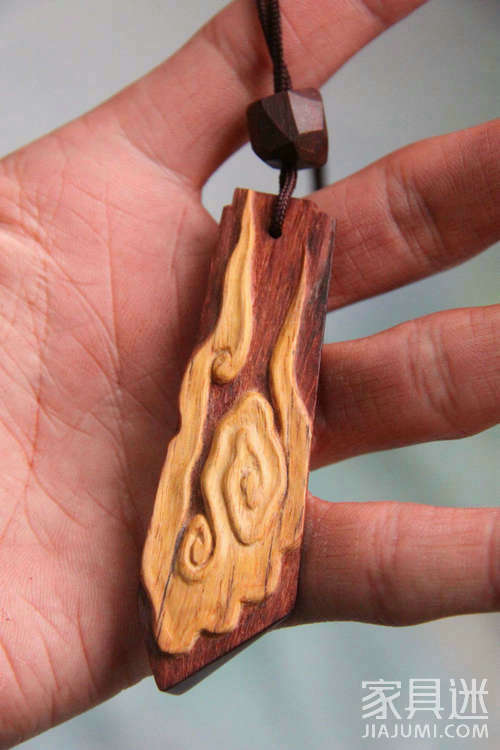
Rhinoceros
Trees grow up to produce vegetable oil, a compound of fatty acids and glycerol. Affected by environmental changes, different trees, even different parts of the same tree, have different oil contents.
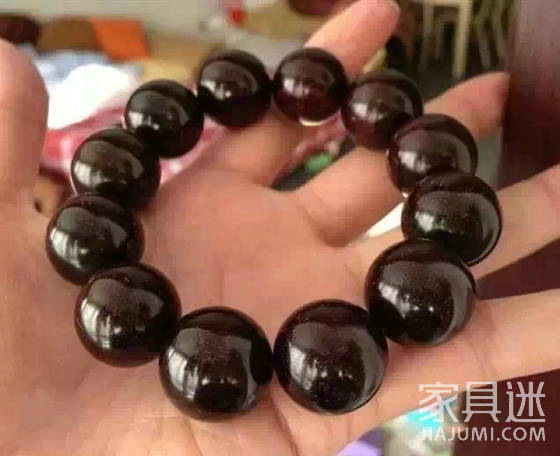
When the oil content of a piece of material reaches the extreme, it will be as light as jade (this is not the same as the illusion of light refracted by water ripples), it looks like translucent grease, which is what we often Said "rhino horny".
Demolition
Most of the red sandalwoods used in the demolition of the house materials are the lobular rosewood materials on some ancient buildings, and more are the top beams and heavy materials. This kind of demolition materials has experienced a long period of scouring. It has a hard texture and a charming color. It is like an ancient silk wrapped around the wrist during the playing of the plate, which can nourish the body and mind. The fine material of the fine demolition room is very fine. The red sandalwood is precipitated in the interior of the red sandalwood for a long time. The color is dark purple and the oil is also very rich. Another characteristic of the demolition material is that the moisture inside the wood is basically dry and the wood is very stable. If there is a little starlight in the demolition materials, it will be even more precious, which is rare.
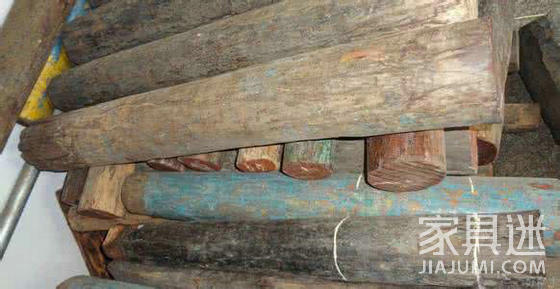
3 characteristics of demolition materials
Oily foot: The older the house is, the more oily the interior is. The surface of the finished bead is very oily. The oil in the hole of the pipe is continuously infiltrated. If it is not playing for a while, use a cotton cloth to gently lick it. It will look very shiny and oily.
High density: The density of lobular rosewood is between 1.1 and 1.34, so as long as it is true lobular rosewood, the worse material will also submerged. The older the material density will be larger, the density can be passed through the beads. The comparison of specifications and weights is obtained.
Fine material: the older the lobular rosewood material, the tighter the contraction of the catheter hole, and the more the old material, the more uniform the sylvestre, so it looks very old after the pebbles are opened, and the texture is very delicate and rich.
Car material
Carriage material refers to the rosewood material removed from the carriages of the Indian horses and the old cows. However, the cattle car materials are not spoken, so everyone is accustomed to calling it "horse car materials." Most of the car materials have been used for about 30 years, and the wood is relatively stable. However, due to the shape limitation, the availability rate is low, and the material quality gap is large, so the domestic market price is not high.
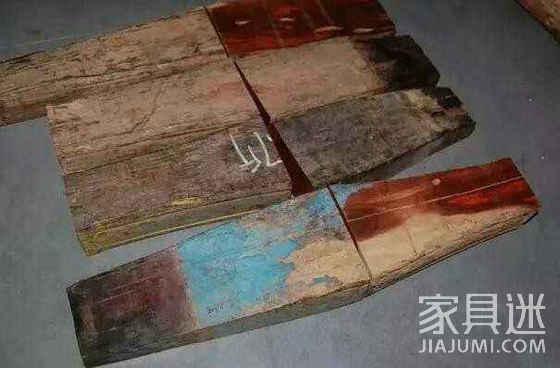
Secondary data
Dioxins originally refer to meats that are more fat, less oily and more oily. The structure of the trunk of the lobular rosewood is divided into: bark, sapwood (white skin), heartwood, and the second material refers to the part between the white skin and the tree heart.

In general, this part has the highest oiliness, the highest density and the finest material. Therefore, the second material has become synonymous with good materials, and is the most essential part of a rosewood log!
Mud
The intuitive nature of the mud is delicate. The most basic determinants of lobular rosewood are density and oiliness. The higher the density, the higher the oiliness. The denser the wood fibers are arranged, the brown eyes are small and rare. When this feature is very high, sometimes the brown eye is almost invisible to the naked eye. This is the mud that is said in the line.
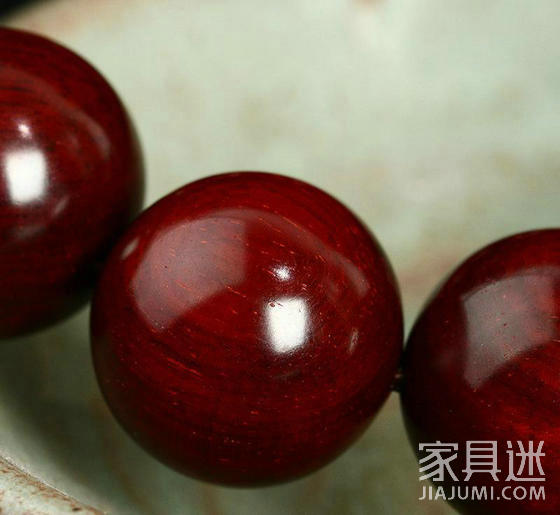
Chicken blood
The difference in red sandalwood color is caused by the amount of rosewood pigmentation. The new cut sandalwood is usually orange, and it is dark purple for a long time. There is a rare material, the wood is hard, and the precipitation of red sandalwood is extremely rich. The new cut surface is chicken blood red, and the character is stable, and the color change is not obvious after oxidation. It is called "chicken blood material". This is why some old Ming and Qing furniture made of chicken blood can still be distinguished for hundreds of years.
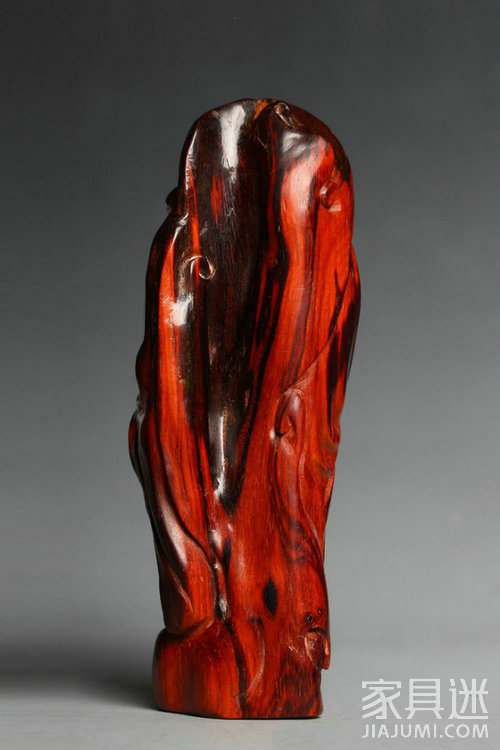
Some merchants use this name to mislead consumption, saying that their red sandalwood is "chicken blood red" and chicken blood material. In fact, the so-called chicken blood red is only the process of color change after oxidation of red sandalwood, and can not be compared with chicken blood.
White paint
The lobular rosewood white paint generally refers to the raw materials in order to smoothly import customs clearance, evade the customs inspection, and paint a layer of white paint or white ash on the surface to pass it to China. The white paint will not have any added value to the red sandalwood itself. If there is a layer of blue old paint under the white paint, it can be said that it is the old material.
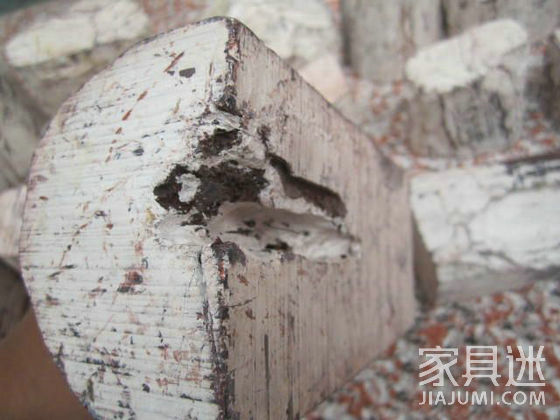
Leather
As mentioned above, the structure of rosewood is divided into bark, sapwood and heartwood. The heartwood is a truly valuable part. However, due to the influence of the external environment, sometimes the heartwood and sapwood have the phenomenon of “interlaced dogâ€, which is generally called "Clip leather".
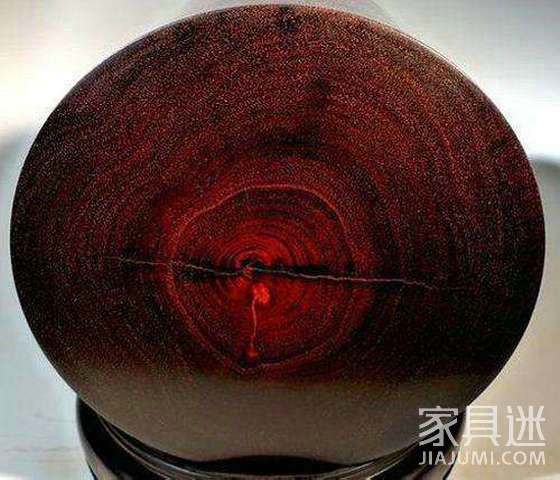
Have you seen this in-depth understanding of the red sandalwood? After understanding and comparing with the actual findings, they will no longer be caught by these professional nouns and sayings!
Stainless Steel Vacuum Car Mugs are made from high-grade 18/8 stainless steel. This material is food grade, non-toxic, durable and easy to clean.
And we got a lot of different kinds of Stainless Steel Bottles. For example: Stainless Steel Cola Bottle, a classic design that is popular in the market and easy to use, also looks good. Speaking of looking, our Cola Bottle comes in changeable colors and diverse patterns.
Portable Car Mug,Insulated Car Vacuum Mug,Vacuum Insulated Travel Mug,Vacuum Insulated Travel Water Bottle,Thermal Car Mug Stainless Steel,Stainless Steel Vacuum Car Mug
Ningbo Auland International Co.,Ltd. , https://www.everwaterbottle.com